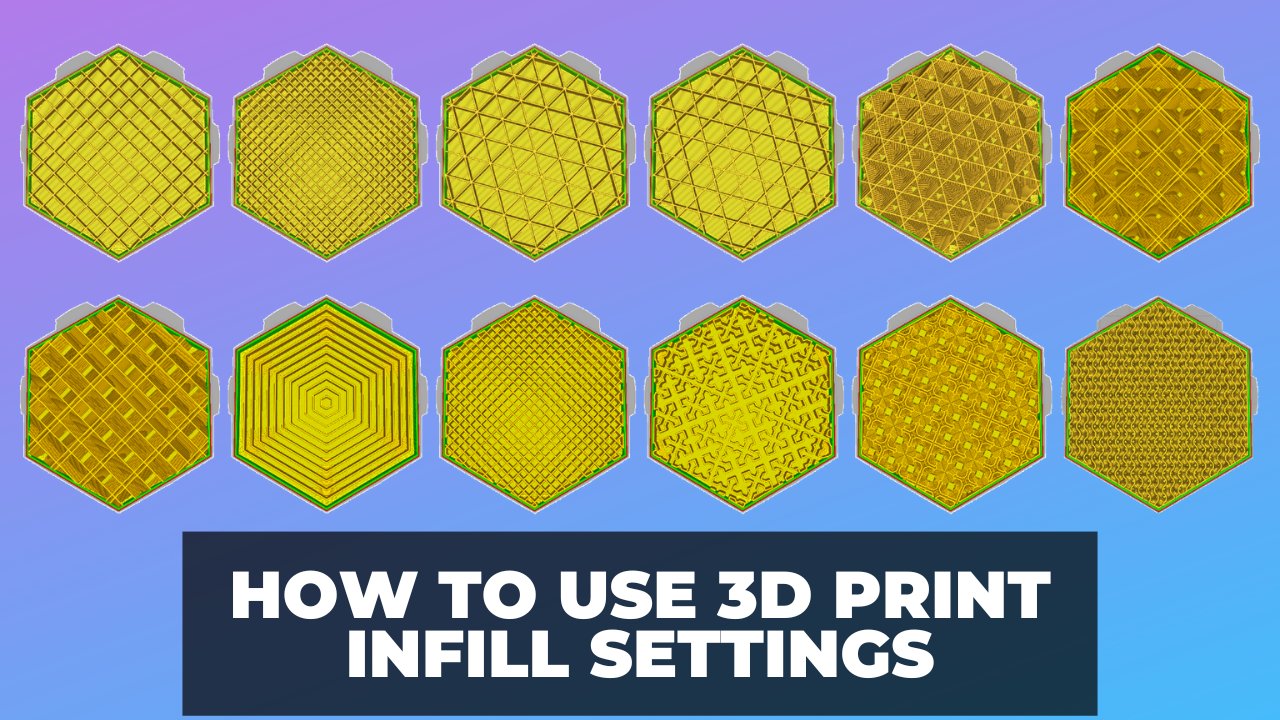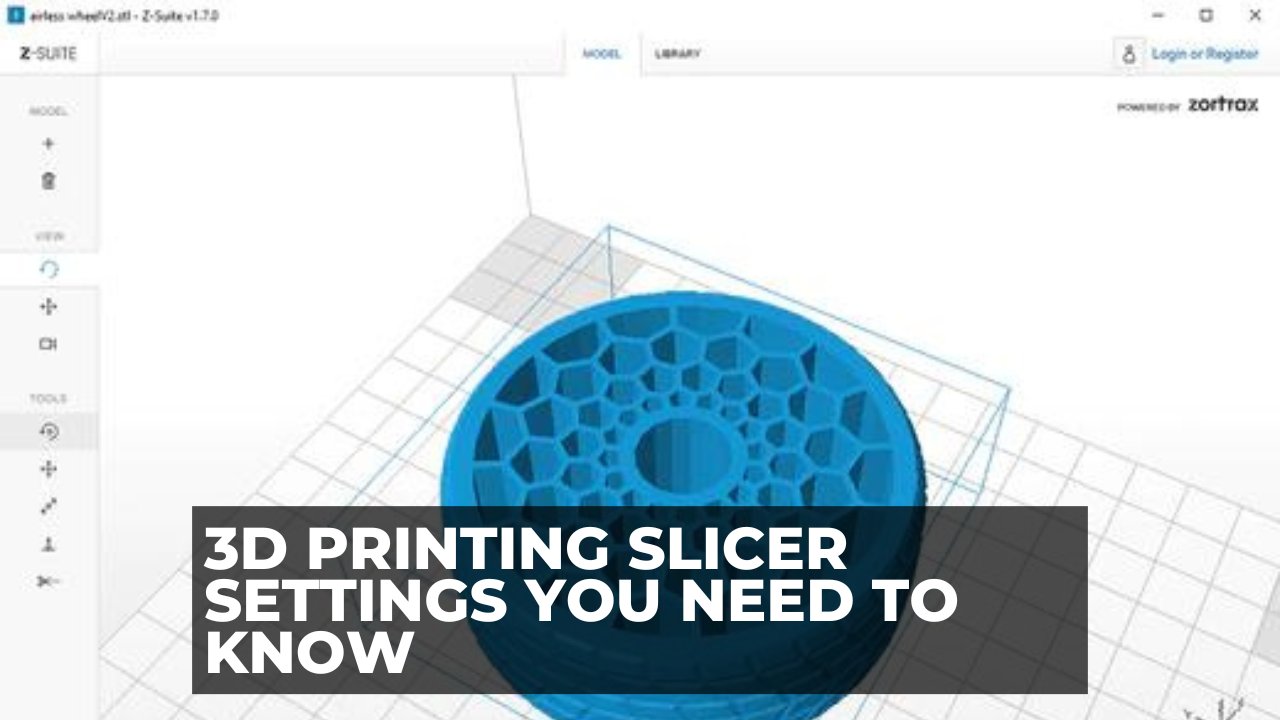
How To Dry PLA Filament in Oven – Full Guide
Are you getting a slightly rough surface on your prints, or even crackling or popping during printing? If so, it’s likely your filament is a little damp. The problem is all 3D ... Read more

Are you getting a slightly rough surface on your prints, or even crackling or popping during printing? If so, it’s likely your filament is a little damp. The problem is all 3D ... Read more

Use the calculator below to work out how much filament you have left on a spool. Simply weigh your remaining spool, and select the material. Our calculator will tell you how much ... Read more

Depending on the object that you’re creating and its end purpose, sufficient strength and stiffness can sometimes be difficult to achieve. One of the best ways to increase the stress tolerance of your printed ... Read more

FDM (FFF) 3D printers often produce a final object that while being mechanically sound, tends not to have that ‘professional look’ that you or a customer want to see. Acetone polishing or ... Read more

What Does Infill Mean in 3D printing? Most FDM objects are not printed as solid objects, because that would use a ton of filament and take quite a long time to print. On the ... Read more

Most 3D printers have been a victim of under extrusion at some point. Your print job seems to be running smoothly at first, but sometime later you come back to see that ... Read more

You don’t have to have used a 3D printer for long to realize that regular maintenance is a necessary evil. The better you look after your printer, the less time you’ll spend ... Read more

3D printing isn’t just a case of hitting send from your slicer to your machine – the right slicer settings will greatly affect the outcome of your 3D prints. In this article, ... Read more

One of the most frustrating aspects of 3D printing is printing defects. We’ve all been there. You’ve got a great design. You’ve sliced it and everything looks good. You start the job, ... Read more

Used filament spools can soon pile up if you’re 3D printing quite a bit. And it’s a shame to just discard them (even if they are destined for the recycling bin) – ... Read more

ABS and ASA filaments are both strong and tough materials for 3D printing -but with some key differences ASA has superior UV and weather resistance, making it more suitable for outdoor prints. ... Read more

It’s widely agreed in the 3D printing community that a smooth and correct first layer makes or breaks a print. In most instances, getting that first layer to adhere is 90% of ... Read more